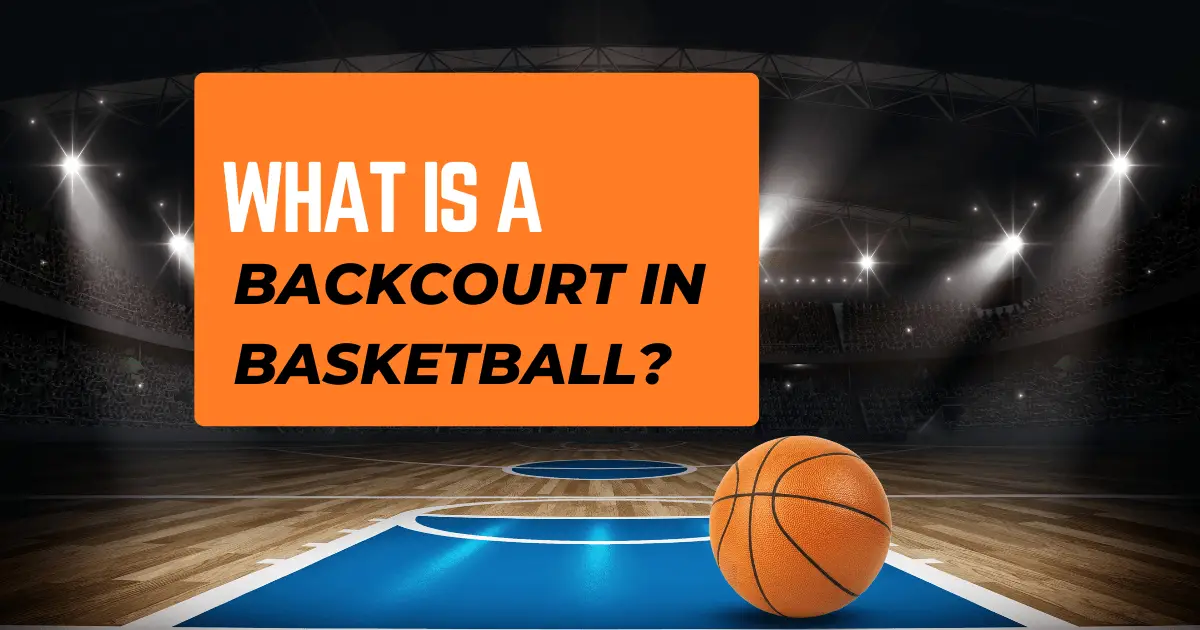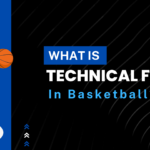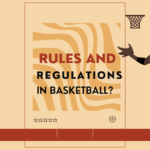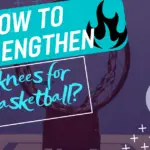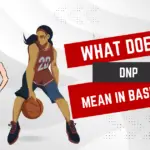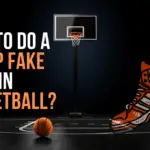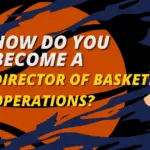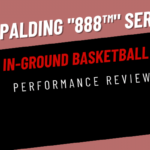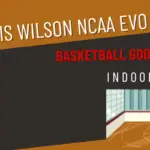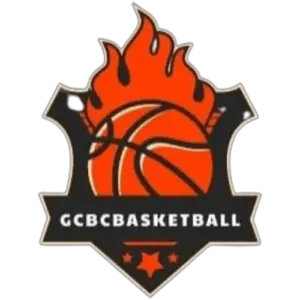The backcourt is an important part of the game of basketball. It refers to the area on a court where the defending team’s guards are located, which typically includes the point guard, shooting guard, and sometimes a swingman. While there is no set line marking off the backcourt from other court parts, it is commonly associated with those behind mid-court or at least beyond half-court. The backcourt also includes any players in these areas regardless of whether they are actively playing defense.
Purpose Of The Backcourt In Basketball:
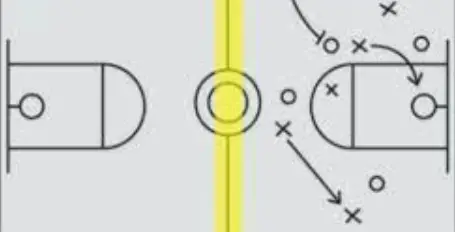
The purpose of a backcourt is to prevent opposing teams from advancing toward their basket by blocking them off and stopping their progress with strong defensive play. This often requires quick reflexes and great passing skills as well as good communication between teammates so that everyone knows who will cover what player on offense.
Backcourt Violation In Basketball:
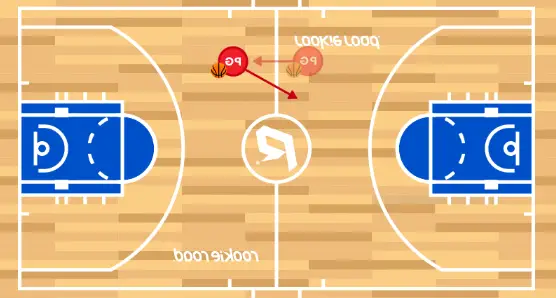
The NBA defines a backcourt violation as “the failure of any player on the offensive team who is in control of the ball to move or pass it over or across the mid-court line before eight seconds have elapsed from when he gains control”. If an offensive player fails to cross mid-court with the ball within 8 seconds, his team has committed a backcourt violation and will be penalized accordingly.
Backcourt Violation Rule In Basketball
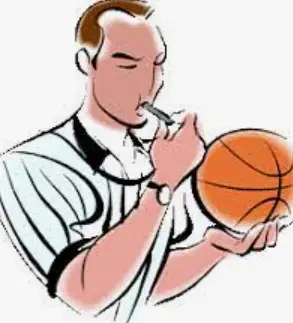
This rule aims to prevent players from dribbling too far down the court without making any pass or shot. This helps keep the game balanced and creates a better flow for all players. Referees will often call a backcourt violation if they see an offensive player taking too long to decide while holding onto the ball once they have crossed over half-court.
What Happens When A Team Commits A Backcourt Violation?
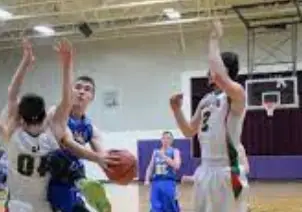
When a team commits this infraction, they lose possession of the ball, and the other team takes over. Coaches and players need to understand what constitutes a backcourt violation to avoid incurring penalties during their game.
The Importance Of Backcourt Violations In Basketball:

Backcourt violations are an often overlooked but important component of basketball. Understanding the backcourt rule can help players and coaches make better decisions during a game and provide valuable insight into how to best defend against the offense. The backcourt is the area on each half of a court that is behind the midcourt line – commonly known as the “three-point line“. Knowing when and where this rule applies to avoid costly turnovers or errors.
When Can You Pass Into The Backcourt In Basketball?
Live Ball Situations In Basketball:
The main rule for passing into the backcourt during live ball situations is that it should only be done after you have established control of the ball in your frontcourt. This means that before you attempt to pass into the backcourt, both of your feet must be completely inside your team’s frontcourt, and you must have possession of the ball with two or more steps taken while holding it.
Deadball Situations In Basketball:
A dead ball situation occurs when there has been no recent activity on the court; for example, after a made basket or foul call. Teams have new rights when the ball becomes dead, depending on their possession status. Any turnovers or violations must be called before passing into the backcourt can be allowed. If there are no turnovers or violations, passing into the backcourt is legal if it’s within 24 seconds from when possession was gained by either team (known as “inbounding”).
Backcourt Violation Scenarios In Basketball:
This is considered a backcourt violation when a player dribbles the ball over half-court or passes it to a teammate who catches it beyond half–court. The referee will call this foul on whichever team had control of the ball when it crossed into the backcourt line.
If a team member touches the ball when it’s across the line, possession goes to whichever team touched it last before crossing into that area. The referee will call this foul on whichever team touched or played the ball last.
How Do Teams Draw Up Defensive Plays In The Backcourt?
A backcourt is a strategic space where teams can draw up defensive plays, typically aimed at disrupting opposing offenses and preventing them from scoring.
Coaches often employ intricate strategies for their backcourt defense, such as setting traps or pressing full-court. Traps are created when defenders double–team one player to force a turnover. Pressing full court involves constant pressure from all players, meaning any errant pass could result in a steal or deflected ball.
When drawing up defensive plays in the backcourt, coaches must be mindful of personnel mismatches or areas where opponents may have an advantage.
Difference Between The Frontcourt & The Backcourt In Basketball:
The front and backcourt are two distinct basketball court areas with unique functions.
The frontcourt is closest to the basket, where the most offensive play occurs. This includes all the players attacking and defending in this area, such as forwards, centers, and sometimes shooting guards. The primary objective for a team in their frontcourt is to score points by taking shots close to or at the basket.
In contrast, the backcourt is an area further away from both baskets that starts at mid-court, where it meets with each team’s baseline. It also encompasses both sides of the half-court until it reaches each team’s free-throw line extended outwards towards each side of the mid-court.
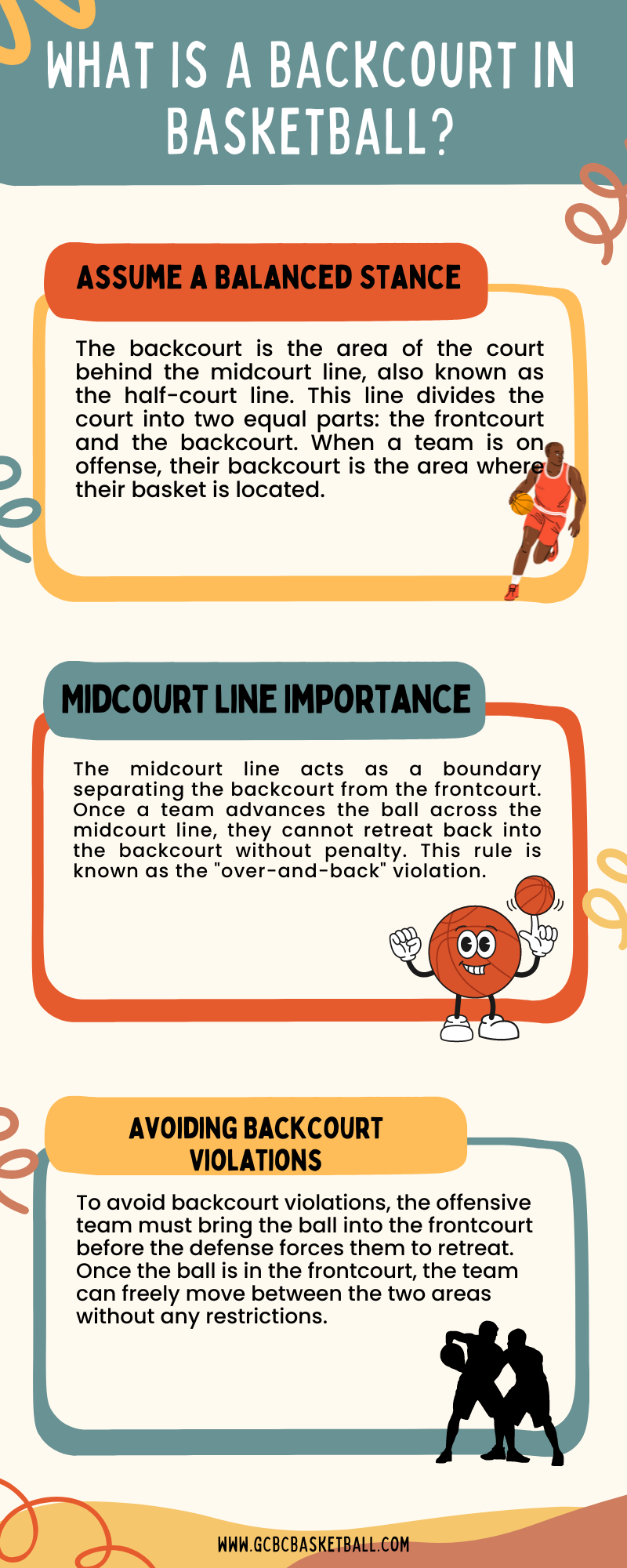
Where is the baseline in basketball?
The baseline in basketball is the boundary line at the back of the court, parallel to the backboard and hoop. It marks the out-of-bounds area behind the basket.
Conclusion:
A backcourt in basketball is an important part of the game as it involves two players responsible for facilitating a successful offense and defense. A backcourt typically consists of two to three players, with the point guard being the lead decision maker and ball handler while the shooting guard is the primary scorer. Understanding what a backcourt does is key to helping teams become better organized in both offensive and defensive sets.

Clyde Jackson III is a basketball coach and the founder of GCBC Basketball, a basketball-related learning and informational website that focuses on helping young players develop their skills on and off the court. With over 15 years of coaching experience, Clyde has worked with players of all ages and skill levels, from beginners to professionals.

